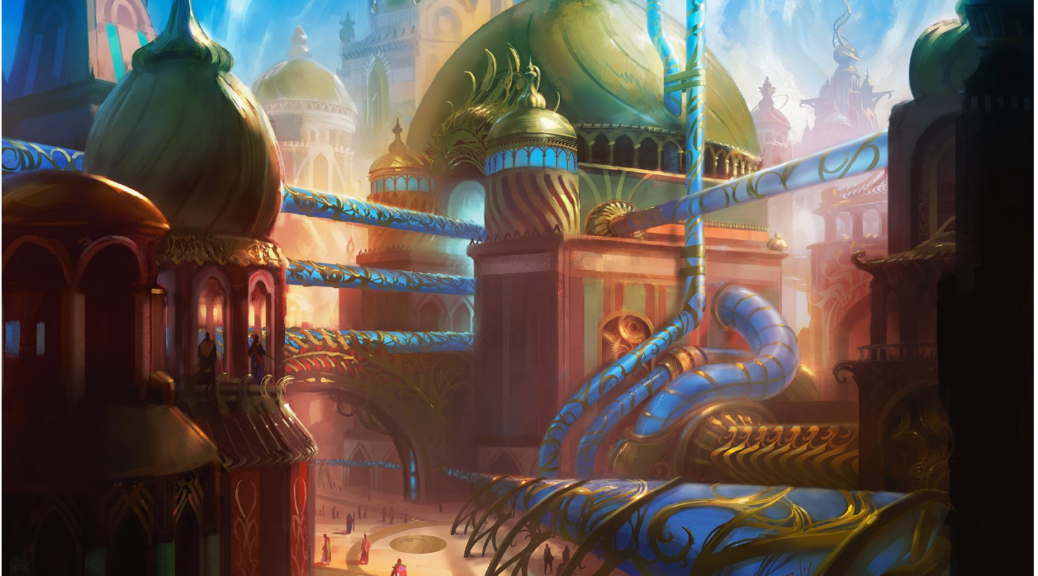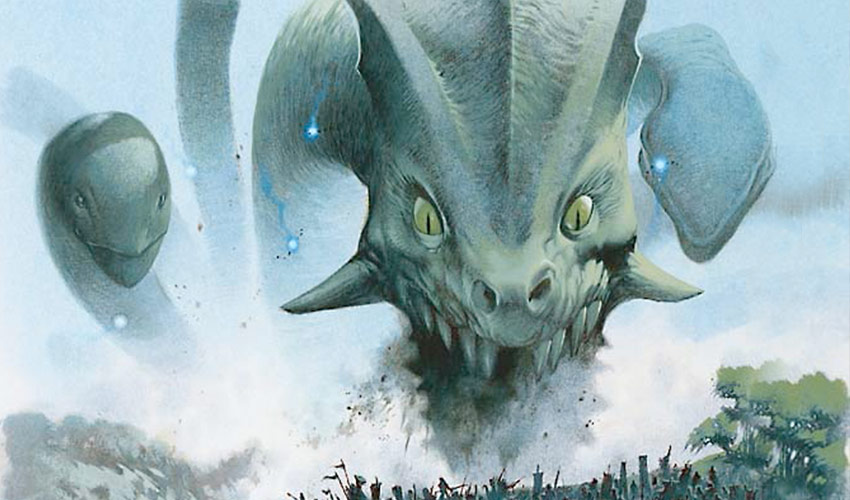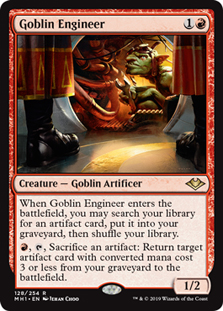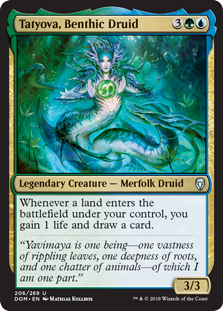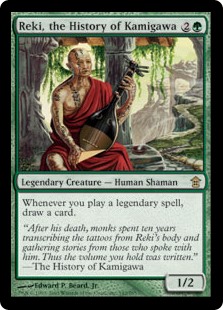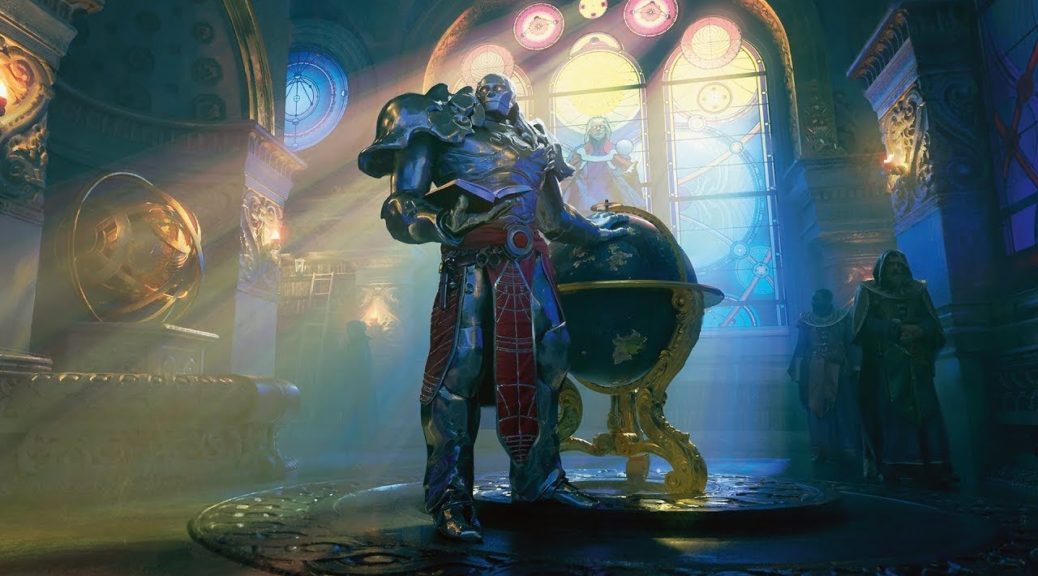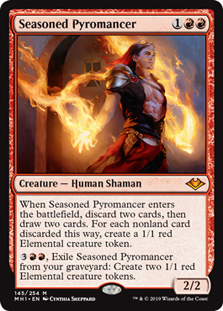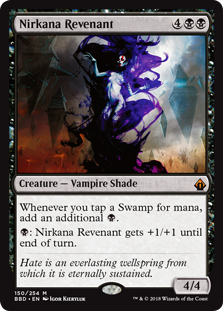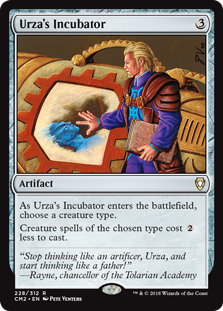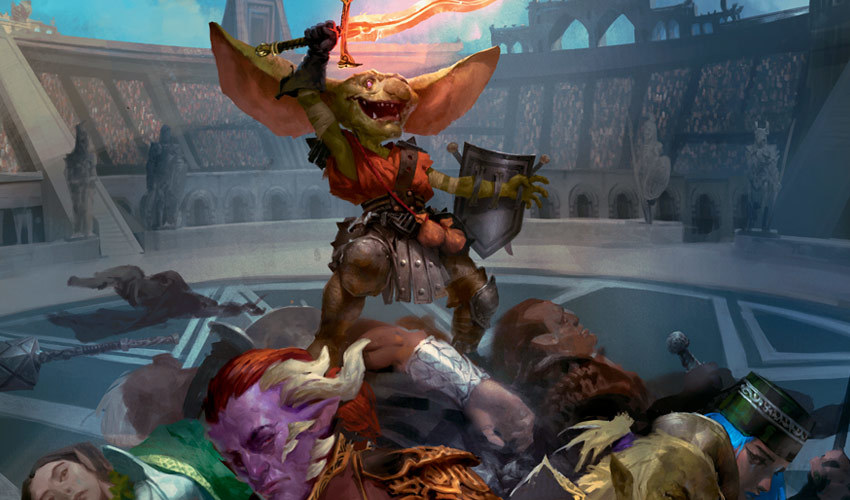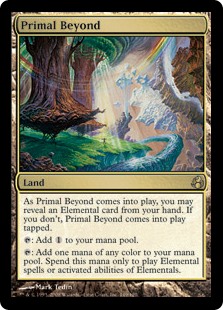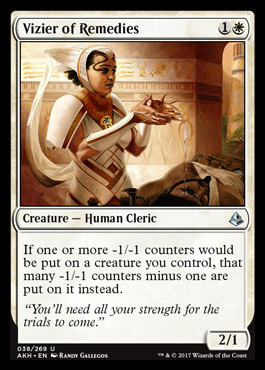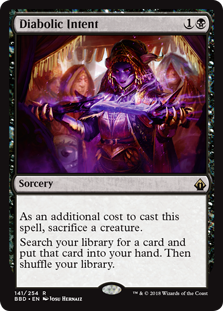By: Travis Allen
@wizardbumpin
Don’t miss this week’s installment of the MTG Fast Finance podcast, an on-topic, no-nonsense tour through the week’s most important changes in the Magic economy.
None of us should be too surprised to have seen Bridge from Below get the axe this morning. Hogaak was running rampant in Modern, and even without Ian’s statistics to back it up, it didn’t take long on MTGO to get a feel for how dominant the deck had become. Altar of Dementia and Hogaak are both new to the format courtesy of Modern Horizons, so it would be surprising to see Wizards remove brand new cards that have existed for barely a month. Bridge from Below, on the other hand, has been a key component every time Dredge has been a problem before, likely because it’s so unlike most other Magic cards. It’s a smart choice, and I’m happy they made it, since we’ll get a new era of graveyard decks that previously had no point in existing so long as Bridge was around.
Of course, it’s a lot tougher to make picks based around a ban than an unban, so nuts to that.
Allosaurus Rider
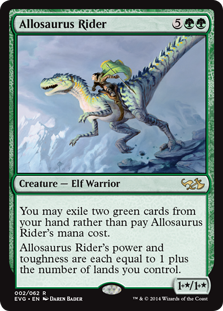
Price Today: $10
Possible Price: $20
Hogaak and Altar of Dementia are still legal, but significantly weakened. I wouldn’t be surprised at all if they maintain a significant presence in a revamped shell, especially Altar. That is not a fair Magic card. For the meantime though, the metagame has space to breathe, and some of the marginally-less-degenerate decks will get their opportunity to annoy the hell out of everyone. I was skeptical at first, but the Neoform deck has been posting results since it hit the block, and in conjunction with the pros getting a little hand-wringy over it, I suspect there’s more to come.
I’ve mentioned before that this was a tricky deck to find opportunity in. At that time, I was considering it still a fringe strategy that was unsafe to throw too much money at. My opinion has shifted since then, to the point that I’m willing to think about Allosaurus Rider itself. This is It, the single key piece in the strategy. This deck does literal nothing without Rider, and it’s important enough that beyond the core play set, Summoner’s Pact is typically present as a four-of in order to provide redundancy. Additional iterations and refinement to the general concept may shift numbers of other components, but it’s tough to imagine how you could play anything resembling the Neoform deck without a set of Riders.
While you’ll find there’s several printings of Allosaurus Rider out there, all are old and of limited distribution. There’s maybe 20 playsets of Rider left on TCG at this point? And that’s probably quite high. Before this morning this was already reasonably poised, and with today’s changes, is looking even better.
Dark Petition (Foil)
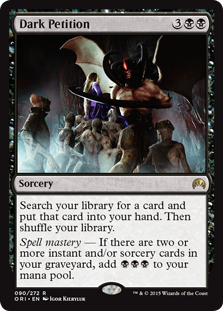
Price Today: $6
Possible Price: $15
The other news that I didn’t cover in the intro was the EDH changes: out with Paradox Engine and Iona, Shield of Emeria, and in with Painter’s Servant. Anyone lamenting Engine’s departure was never truly your friend, and you should disassociate with them immediately. Iona is a bit puzzling, but really, not exactly a card that exemplifies EDH’s intended game experience. If you’ve got an issue with it, take it up with Sheldon. Painter’s Servant is the real story, and while I’d love to give you some great picks based on it, that list is short, and was picked clean within ten minutes of the announcement. All the cheap Servants are gone, as are the Grindstones. Beyond that, what’s left? If you know the answer to that, well, you probably just made a few hundred dollars.
Instead I’m picking through Yawgmoth here, since he’s quite popular at the moment. A lot of his bread and butter cards simply aren’t quite popular enough yet, like Nest of Scarabs, or are surprisingly popular, like Pitiless Plunderer. Dark Petition is hiding out further down the page, and while it’s not exclusively a Yawgmoth card, it’s still great, and the fact that it isn’t a Yawgmoth card proves that it’s just a generally good black card. It’s essentially Demonic Tutor in EDH, where the five mana up front is typically trivial, as is the spell mastery condition. In fact, one could even look at the mana cost as a minor upside, as it gives you the ability to filter colorless or useless colors into black mana. Is Demonic Tutor popular in EDH? Well, Doubling Season, perhaps the face of EDH, is found in 10% of all green decks. Tutor is in 30% of all black decks.
Anyone looking for foil Dark Petitions can only look to Magic Origins for now, meaning supply is aging and limited. There’s maybe 30 vendors, between original and pack foils, with copies below $8 (and there aren’t too many above that either). At an entry of $6 to $7, I’d anticipate a solid 100% return in the next few months, maybe a year.
Aetherflux Reservoir (Foil)
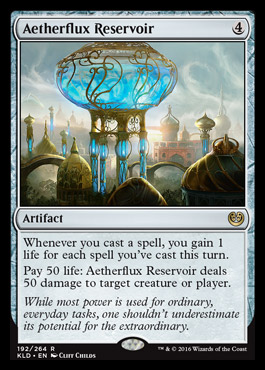
Price Today: $18
Possible Price: $35
Magic 2020 brought several new wedge commanders, and rather surprisingly, Kykar is in the lead as the most popular by slim margins. Most would have expected Yarok I’m sure, and while he’ll take over eventually, it looks like veterans of the format are trying to spread their wings with Kykar’s more novel play style.
Casting as many spells as you can is the name of the game with Kykar, and while that’s hardly a new goal in EDH, the requirement that they’re non-creature, and the payoff of building your own mana engine is something new. It’s not often that players sit down to the EDH table with a deck full of cantrips and their ilk. In a build like that, where does one turn to get rewarded? Well, it looks like the answer is Aetherflux Reservoir. Reservoir will certainly be a staple in Kykar decks, since it provides a pseudo-line of defense in a deck that may have trouble softening an opponent’s offenses, and more importantly, turns into a gigantic cannon that will one-shot players if given some room to flex.
Reservoir is from Kaladesh, an absolutely stacked set with a pile of staples for Modern, EDH, and the kitchen table. Even still, Reservoir is the third-most popular EDH card in the set, beyond Inventor’s Fair, a colorless land, and Panharmonicon, another banner EDH card and effect. Foils are priced as one may expect, with an entry point around $18. Prices climb into the mid-twenties rapidly, and then supply runs out, with only 28 copies total available on TCG between pack foils and promos. This is on a timer regardless, and with Kykar adding additional demand, you’ll be able to sell these for over $30 by the time school is back in session.
Travis Allen has been playing Magic: The Gathering since 1994, mostly in upstate New York. Ever since his first FNM he’s been trying to make playing Magic cheaper, and he first brought his perspective to MTGPrice in 2012. You can find his articles there weekly, as well as on the podcast MTG Fast Finance.
